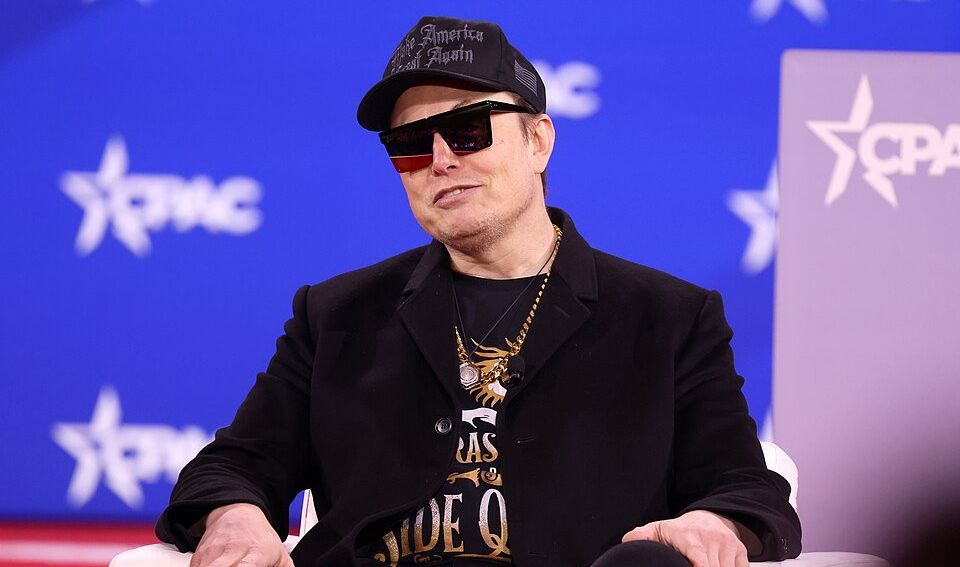If the total amount of money held by Americans was distributed evenly, how much would you get?
What if you got an equal slice of the country's wealth?
A woman with hundred dollar bills.
The United States has more money held by private citizens than any other country in the world. According to the Federal Reserve, U.S. households hold a total of $160.35 trillion, which is the value of each person’s assets minus their liabilities. However, many Americans are perplexed by the fact that, in a country with such wealth, so many people still struggle to make ends meet.
Although Americans hold the largest amount of privately held wealth in the world, many of us still struggle with financial stress. A recent report found that 68% don’t have enough money to retire, 56% are struggling to keep up with the cost of living, and 45% are worried about their debt levels. A significant reason is that a small number of people hold a large portion of the privately held wealth in the U.S..
Nearly two-thirds of America’s private wealth is held by the top 10% of people, leaving the remaining one-third to be divided among 90% of the population.

What if America divided its privately held money evenly?
With so many people struggling in America, while a few at the top are unbelievably wealthy, what would happen if the money were magically divided evenly among the 340 million people who live in the United States? If everyone received a truly equal share of the American pie, every person would receive approximately $471,465. That’s $942,930 per couple and $1.89 million for those with two kids.
With that chunk of change, the couple could easily pay off the average U.S. mortgage and have plenty of resources to save for a good retirement and send both kids to a decent college or trade school. The billionaire who once had more assets than they knew what to do with would probably have to move into a middle-class neighborhood.

However, such a drastic redistribution of wealth would be cataclysmic for the economy, as people would have to liquidate their investments to give their assets to others. The sudden increase in wealth for many, without a corresponding increase in goods and services, would lead to incredibly high inflation. The dramatic reconfiguring of the economy would also disincentivize some from working and others from innovating. Some posit that if everyone were equal, in just a few months, those with wealth-generating skills would immediately begin rising to the top again, while others would fall behind.
What programs reduce poverty?
Although it seems that a massive redistribution of wealth isn’t in the cards for many reasons, we do have some evidence from recent history on how programs that give people money can help lift them out of poverty. Government stimulus programs during the COVID-19 pandemic brought the U.S. poverty level to a record low of 7.8% in 2021. Child poverty was also helped by the American Rescue Plan’s Child Tax credit expansion, which drove child poverty to an all-time low of 5.2%. It’s also worth noting that the trillions in government stimulus had a downside, as it was partially responsible for a historic rise in inflation.
While for many, the notion that there are billionaires while others can hardly get by feels obscene, redistributing America’s wealth is more of a thought experiment than something that would realistically happen. But it highlights an important truth: massive wealth inequality exists in the world’s wealthiest nation. While perfect equality will never exist, that shouldn't stop us from making targeted efforts to reduce poverty that make a meaningful difference in people’s lives.
This article originally appeared in July
